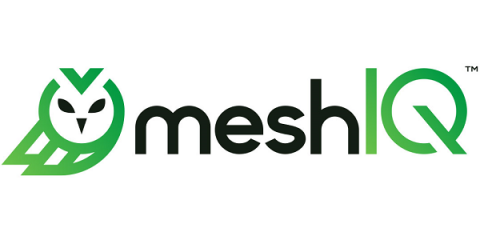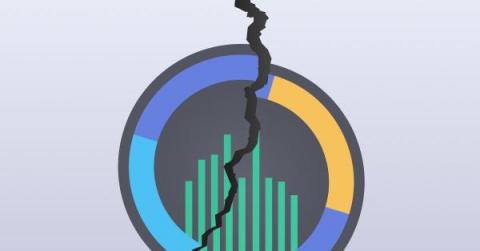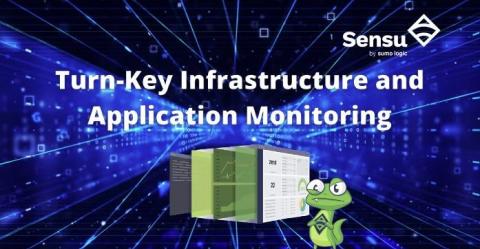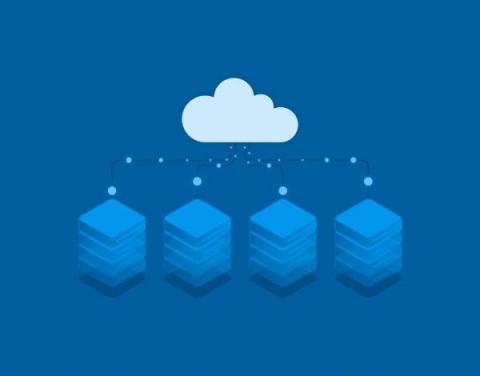Understanding the Three Pillars of Observability: Logs, Metrics and Traces
Many people wonder what the difference is between monitoring vs. observability. While monitoring is simply watching a system, observability means truly understanding a system’s state. DevOps teams leverage observability to debug their applications or troubleshoot the root cause of system issues. Peak visibility is achieved by analyzing the three pillars of observability: Logs, metrics and traces.











